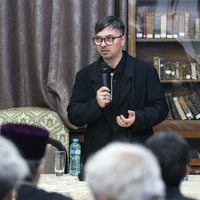
Vlad Bedros
My professional background, until now, has been dominated by my interest in the artistic practices of the Late Byzantine interval, given that my major line of inquiry consists in the art of post-Byzantine Moldavia. My publications and scientific presentations have focused on the artistic heritage patronized by voivode Stephen the Great and his successors, until the mid-sixteenth century. However, my approach has been permanently dominated by a cautious contextualization of these works of art within the visual traditions of the Late Byzantine Empire, which has equally informed my teaching activity.
My research achievements have been grounded by my sustained interest in the recent cultural turns in the practice of art history. I have embraced therefore the methodological tools proposed by the performative and by the material turns, especially regarding the multi-sensorial perception of the image in its ritualized context, the relation between image and architectural structures, and the emotional response it incites in beholders. I have also developed a particular interest in the “hybrid” nature of works of art produced in areas situated at the crossroads of competing cultural traditions, prompted by challenges posed by the case of Moldavian art, which incorporates in the inherited Byzantine artistic tradition elements of blatantly Late Gothic origin.
My research outputs have gained visibility over the previous decade, leading to my recent involvement in academic events associated with prestigious centers, such as Bochum, Brno, and Princeton, and publication opportunities with influential journals and publishing houses, such as De Gruyter, Brill, and Routledge, some of them forthcoming in 2024. My main academic achievement, however, is a grant financed by the Romanian Ministry of Education and Research, within the founding scheme “Young Teams”. From 2022 to 2024, I led as PI a team of four researchers, exploring the correlations between the selection of saints represented in the iconographic programs of Moldavian churches and the homiletic and hagiographic materials from Slavonic miscellanea preserved in local collections. The main line of inquiry of my project consisted in exploring the devotional practices of local communities, by addressing the circulation of both literary and visual evidence, aiming thus to identify the operation of monastic cultural networks.
Supervisors: Corina Popa, Nicolae-Șerban Tanașoca, Anca Oroveanu, Ruxandra Demetrescu, Ioana Beldiman, Adrian Guță, Tereza Sinigalia, Constanța Costea, Ioana Iancovescu, Constantini I. Ciobanu
Phone: +40726342652
Address: Bucharest, Ale. Masa Tăcerii nr. 4, bl. B, sc. 1, et. 1, ap. 20, sect. 6, 062092
My research achievements have been grounded by my sustained interest in the recent cultural turns in the practice of art history. I have embraced therefore the methodological tools proposed by the performative and by the material turns, especially regarding the multi-sensorial perception of the image in its ritualized context, the relation between image and architectural structures, and the emotional response it incites in beholders. I have also developed a particular interest in the “hybrid” nature of works of art produced in areas situated at the crossroads of competing cultural traditions, prompted by challenges posed by the case of Moldavian art, which incorporates in the inherited Byzantine artistic tradition elements of blatantly Late Gothic origin.
My research outputs have gained visibility over the previous decade, leading to my recent involvement in academic events associated with prestigious centers, such as Bochum, Brno, and Princeton, and publication opportunities with influential journals and publishing houses, such as De Gruyter, Brill, and Routledge, some of them forthcoming in 2024. My main academic achievement, however, is a grant financed by the Romanian Ministry of Education and Research, within the founding scheme “Young Teams”. From 2022 to 2024, I led as PI a team of four researchers, exploring the correlations between the selection of saints represented in the iconographic programs of Moldavian churches and the homiletic and hagiographic materials from Slavonic miscellanea preserved in local collections. The main line of inquiry of my project consisted in exploring the devotional practices of local communities, by addressing the circulation of both literary and visual evidence, aiming thus to identify the operation of monastic cultural networks.
Supervisors: Corina Popa, Nicolae-Șerban Tanașoca, Anca Oroveanu, Ruxandra Demetrescu, Ioana Beldiman, Adrian Guță, Tereza Sinigalia, Constanța Costea, Ioana Iancovescu, Constantini I. Ciobanu
Phone: +40726342652
Address: Bucharest, Ale. Masa Tăcerii nr. 4, bl. B, sc. 1, et. 1, ap. 20, sect. 6, 062092
less
Related Authors
Igor Casu
State University of Moldova
Richard P Martin
Stanford University
David Seamon
Kansas State University
Brandon Gallaher
University of Exeter
Alessandro Capone
University of Salento
Armando Marques-Guedes
UNL - New University of Lisbon
Vera Shevzov
Smith College
Florin Curta
University of Florida
Laurajane Smith
The Australian National University
Katalin Prajda
University of Vienna
InterestsView All (19)
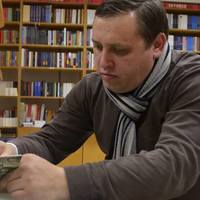





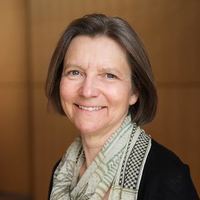

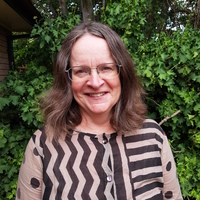
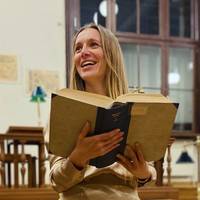
Uploads
Papers by Vlad Bedros
Talks by Vlad Bedros
Articles & Essays by Vlad Bedros